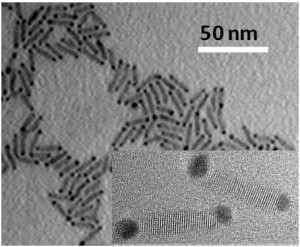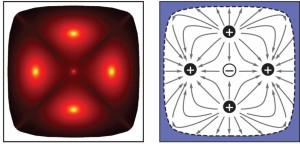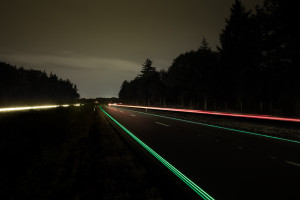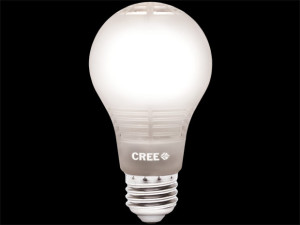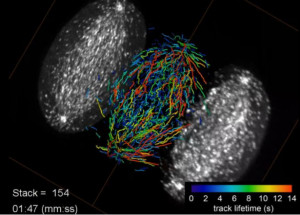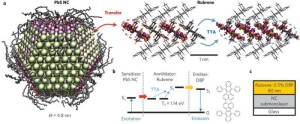 Quantum dots may be just the thing to take renewable energy technology to the next level.
Quantum dots may be just the thing to take renewable energy technology to the next level.
A team from MIT has recently developed a double film coating that has the ability to transform infrared light into visible light.
While that may not outwardly seem like a huge gain for the energy technology sector, the development has the potential to vastly improve efforts in renewable. Essentially, this research could help increase the amount of light a solar cell could capture. By capturing and using protons below their normal bandgap and thus converting the typically unused infrared light into use visible light, researchers could see efficiency levels of solar panels rise.
The researchers went about this development by placing two films on top of a plate of glass. The bottom film was comprised by using a type of quantum dot, while the top layer was made up of an organic molecule.


